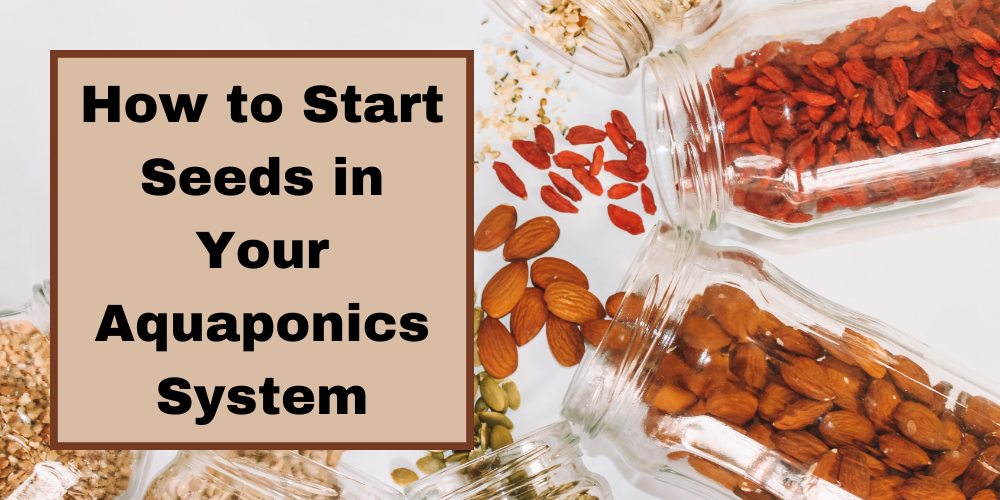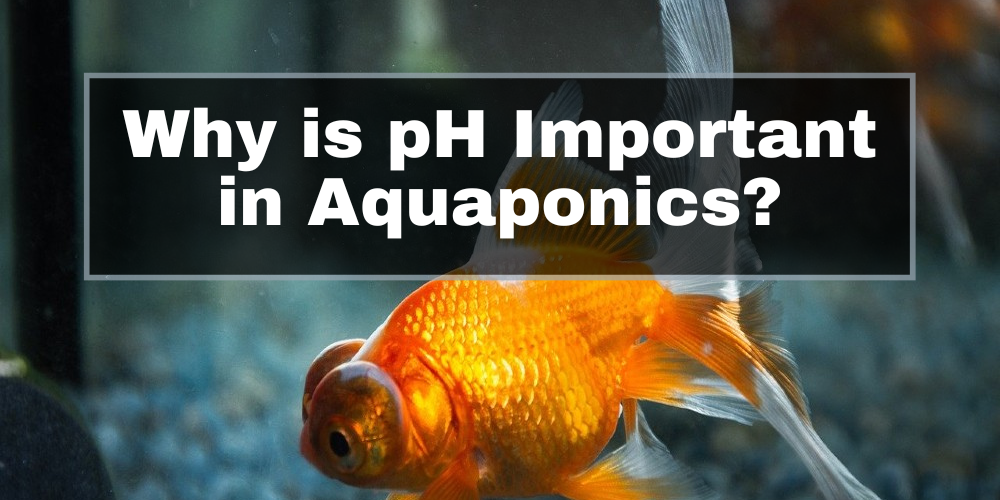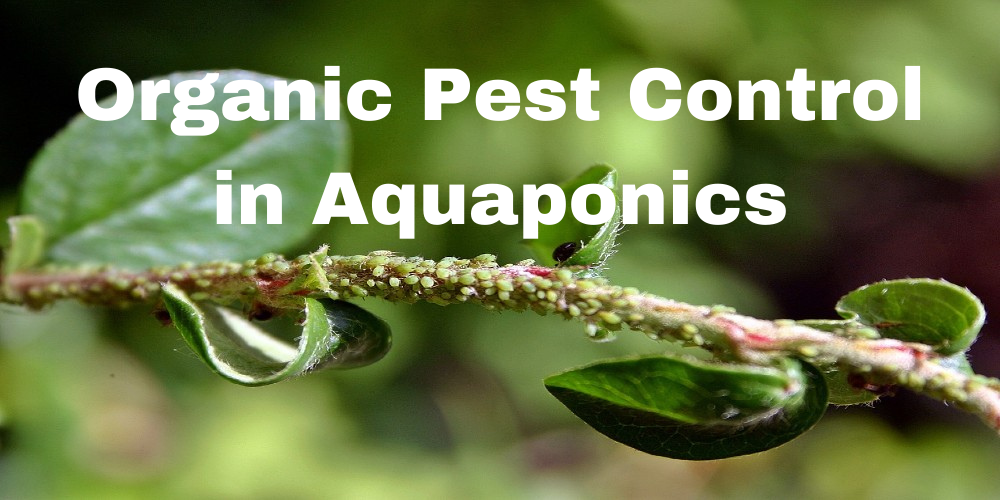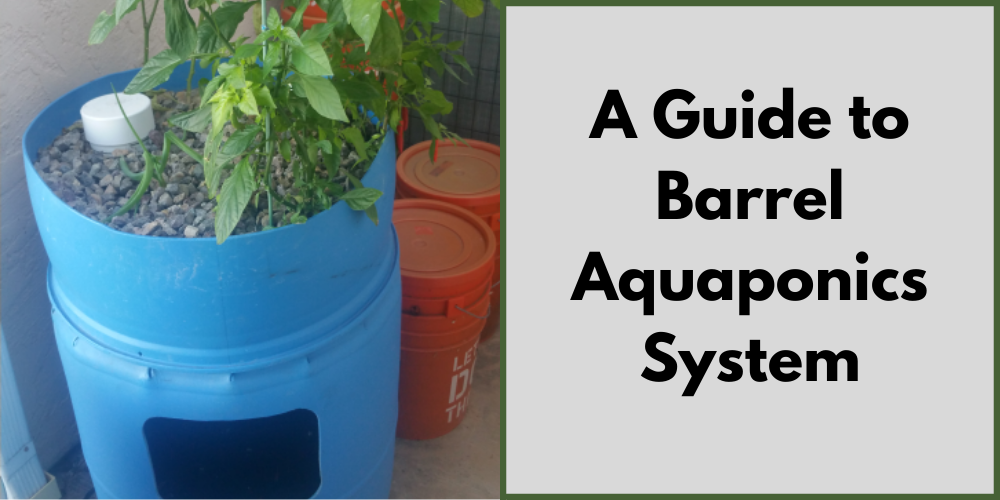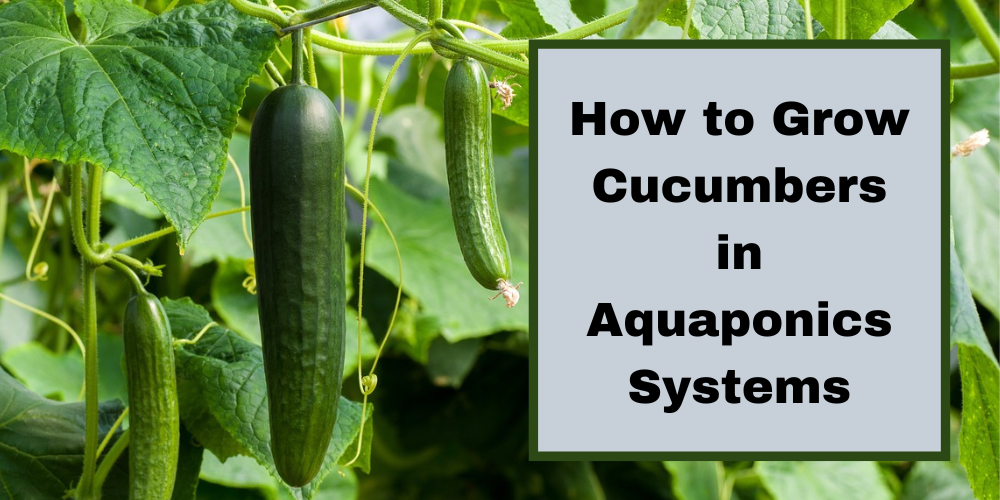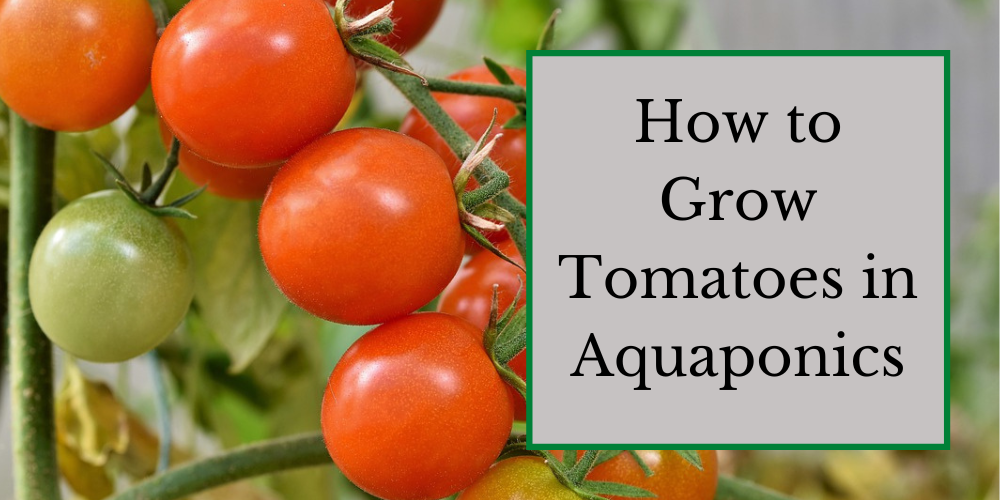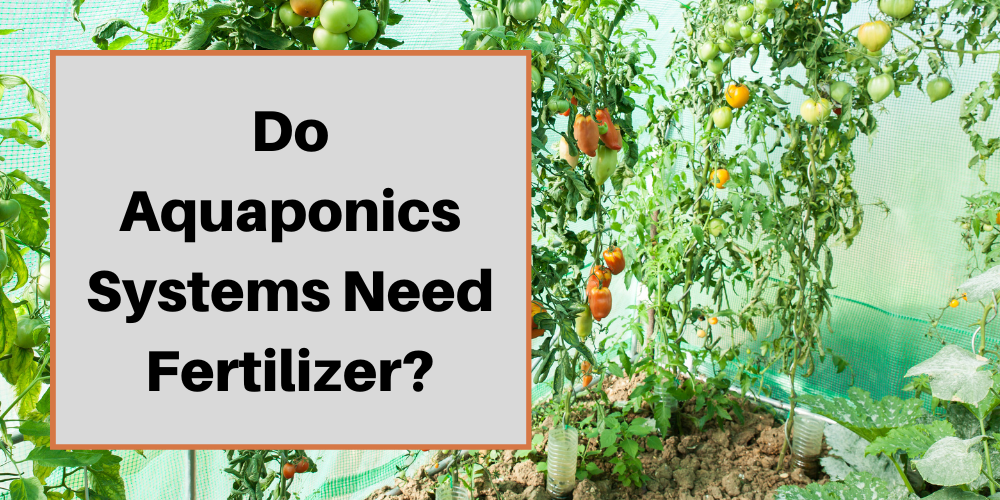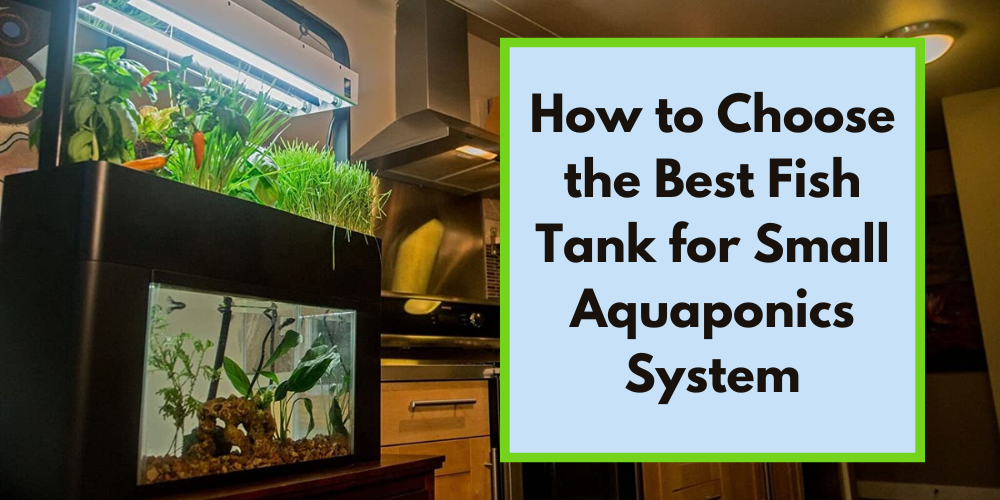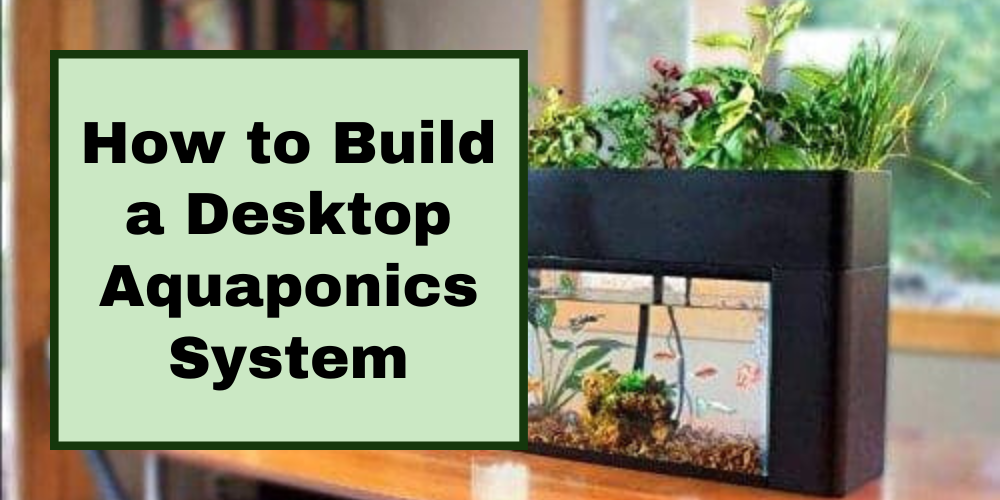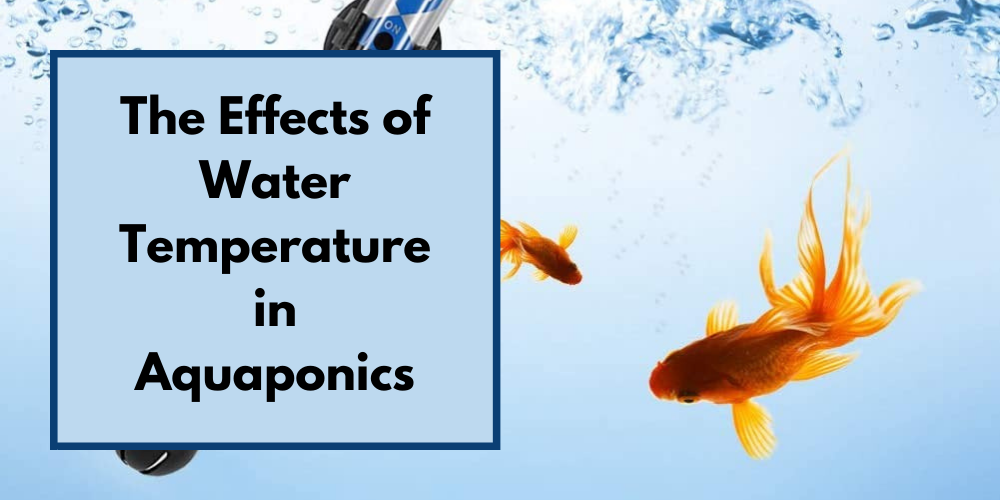Go Green Aquaponics Blog
Learn how to manage nutrient deficiencies in aquaponics with practical tips on diagnosing imbalances, using organic supplements, and maintaining water quality. Ensure healthy plant growth and a balanced ecosystem for your aquaponics system.
- December 27, 2025
Learn how to start seeds and transplant seedlings in your aquaponics system for healthy growth. Discover tips on choosing seeds, preparing your setup, and ensuring a smooth transition for thriving plants.
- December 27, 2025
pH is the heartbeat of every aquaponics system. Learn how to balance it for healthy fish, strong plants, and a thriving ecosystem—without confusion.
- December 27, 2025
Discover how to protect your aquaponics system from harmful pests using safe and natural methods. Our guide covers a range of organic pest control techniques, from companion planting to introducing beneficial insects, to help you maintain a healthy and thriving ecosystem without the use of harmful chemicals.
- December 27, 2025
Dive into the world of aquaponics with our guide on choosing the perfect houseplants. Discover their benefits, care tips, and troubleshooting like a pro for a thriving, symbiotic ecosystem at home.
- December 27, 2025
One type of aquaponics system that is popular with DIYers and aquaponics beginners is the barrel aquaponics system, or barrelphonics. A barrel system will allow you to delve into aquaponics with little space available and without spending too much money.
- December 27, 2025
Choosing the right water pump can make or break your aquaponics system. In this beginner-friendly guide, you'll learn exactly how a pump supports healthy plants and fish, what features to look for, and how to avoid the most common mistakes.
- December 27, 2025
Discover how to grow cucumbers in aquaponics systems for sustainable and efficient cultivation. Learn about system setup, plant care, and troubleshooting. Harvest fresh cucumbers with tips on readiness and post-harvest care. Embrace aquaponics for optimal cucumber production.
- December 27, 2025
Explore the best plants for aquaponics and how they enhance growth, nutrient balance, and system efficiency. From leafy greens to fruiting veggies, learn how to optimize your setup for a thriving, sustainable garden.
- December 27, 2025
Yes, you can grow beets in aquaponics, and they thrive with the right setup! In this guide, you’ll learn the best systems, beet varieties, and growing tips to produce sweet, healthy roots in a clean, water-efficient environment. Whether you're a beginner or a seasoned grower, discover how to make aquaponic beets a successful part of your system.
- December 27, 2025
Learn how to grow tomatoes in aquaponics with this comprehensive guide! Discover tips on system setup, tomato care, and maximizing yields in a sustainable way.
- December 27, 2025
- December 27, 2025
Learn how to maintain nutrient balance in your aquaponics system. Discover best practices for feeding, monitoring, and system design to ensure healthy plants and thriving fish without the need for traditional fertilizers.
- December 27, 2025
Discover the guide to choosing the best fish tank for your small-scale aquaponics system. Learn factors to consider when selecting a fish tank, and explore our recommended best fish tanks for cost-effective options.
- December 27, 2025
Learn how to build a mini desktop aquaponics system with our step-by-step guide. Perfect for beginners, this sustainable project combines aquaculture and hydroponics, offering a fun and educational way to grow plants and fish in a compact space.
- December 27, 2025
Water temperature affects not only the health of the fish, plants, and bacteria in an aquaponics system. It is also essential for the breakdown and uptake of nutrients and wastes. So in order to maintain a healthy aquaponics system, the water temperature must be kept in the range that is safe for the fish, plants, and bacteria growing in your aquaponics system.
- December 27, 2025
Learn how to protect your system from the cold, select the best winter plants, and embrace sustainable gardening year-round. Create a thriving, eco-friendly garden even in the coldest months. Read our guide now!
- December 27, 2025
Discover effective strategies for identifying, preventing, and remedying odors in aquaponics systems. Learn how to maintain a clean and thriving ecosystem for fish and plants with our blog.
- December 27, 2025




